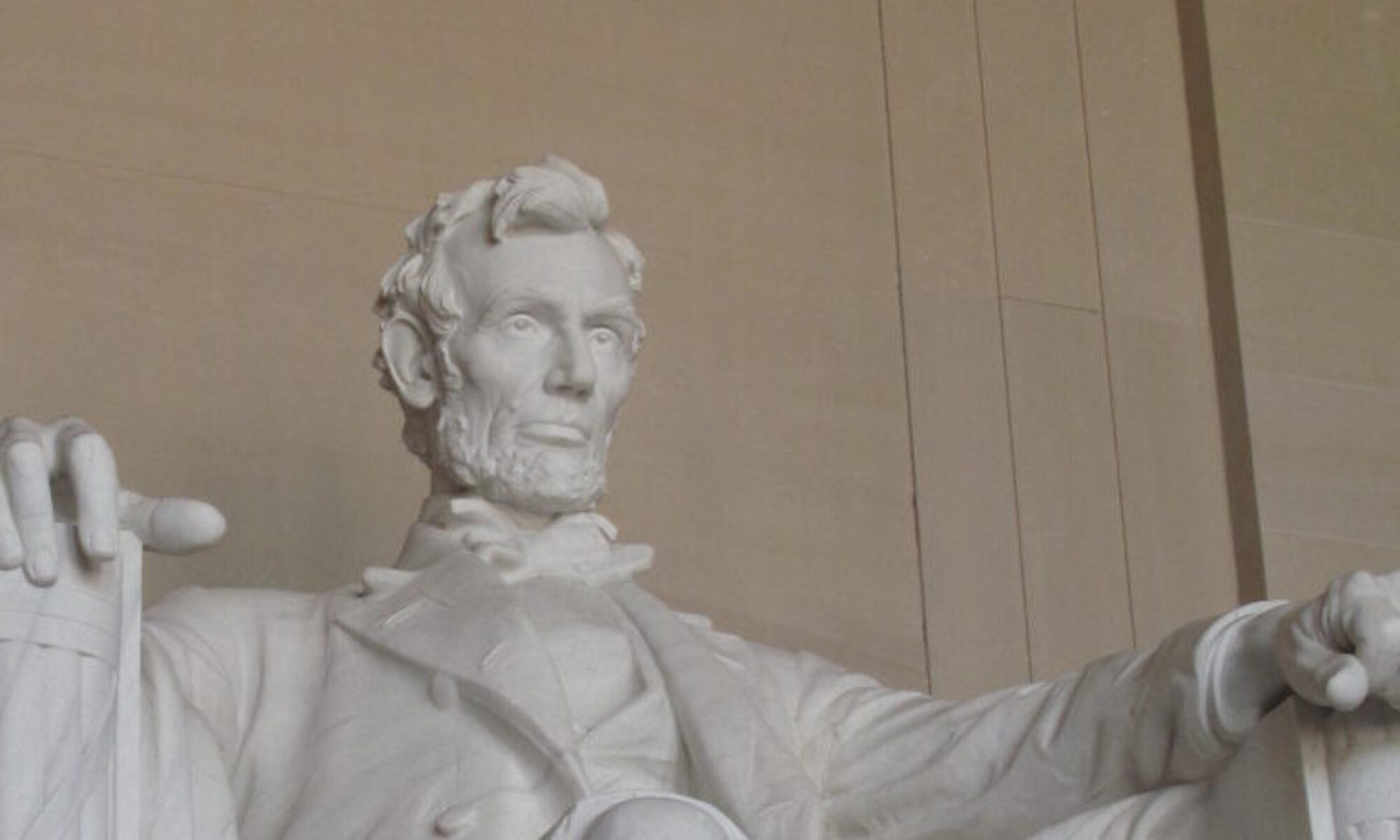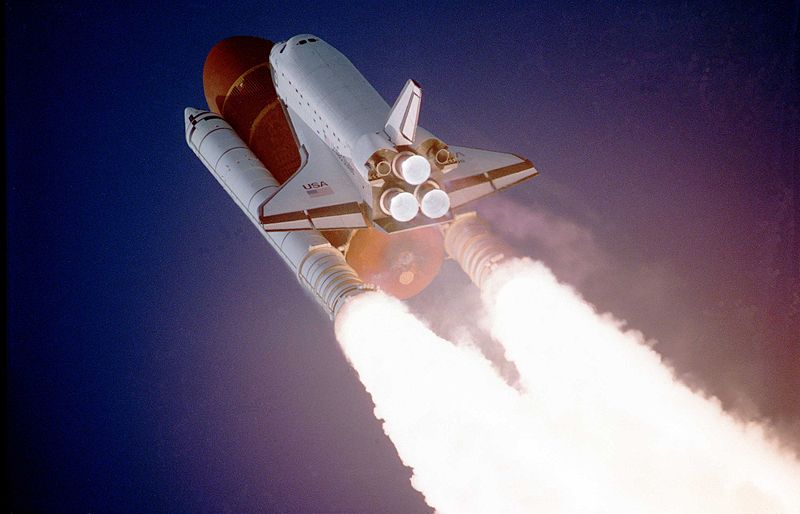The last planned American space shuttle flight took of from Cape Canaveral yesterday, and with it a fifty year history of continuous effort to achieve and maintain an American manned presence in space. The Space Shuttle program was initiated on April 12th, 1981 and over the next thirty years achieved 135 flights with some significant firsts and some catastrophic failures. Initially positioned as a cheap reusable vehicle for easy space access and material transport, the shuttle proved to be a highly complicated and relatively risky means of space transport. Projecting an original 10 million dollar per flight relative cost and flights as often as once per week, the shuttle program ballooned to costing almost one hundred times as much per flight and was anything but simple to rapidly return to orbit. The catastrophic shuttle failures of 1986 Challenger and 2003 Columbia flights resulting in 14 astronaut deaths and significant delays each time in restoring the program was certainly a major contributor to the waning desire to utilize a complicated glider system for manned flight, but equally as devastating was the progressive loss of identifiable mission value.
Confined to low earth orbit, the shuttle became an expensive way to deliver a limited number of satellites into space and provide taxi service for the International Space Station, a craft with its own ridiculously expensive albatross of questionable mission value. Spectacular space walks such as the Hubble Telescope rescue missions provided only temporary boosts in interest in the investment required to keep the shuttle viable as the means by which to maintain a permanent space presence.. After thirty years and billions upon billions of dollars in shuttle mission expenditure, the realization of “been there, done that” with no visible contribution to further space progress has become the epitaph of the space shuttle program.
NASA’s original plans to retire the shuttle program were predicated on initiating a new vehicle for space exploration, the Orion, but with budgetary issues so dominating the national conversation the program has been scrapped. the best we can hope for is to obtain rented rides on the Russian Soyuz craft until private American efforts such as those being attempted by SpaceX and other companies supplant what has been a national commitment to space and its exploration. A leader since the beginning in space exploration, America will now take a back seat not only to Russia, but also emerging manned space powers such as China and India. It is a very unpleasant sign of the times that America must look to others to show the national consensus necessary to do great space engineering, and a poor indicator of this country’s priorities and self confidence. We seem a long was away from the time when America relished to be in the arena of challenge, sacrifice, and can-do spirit.

